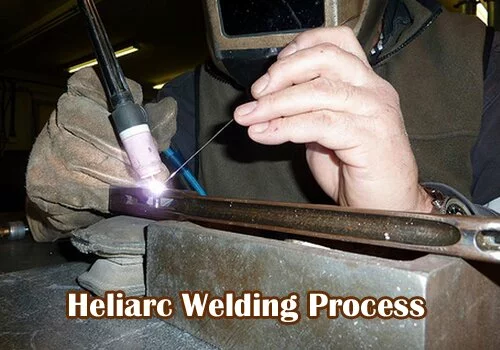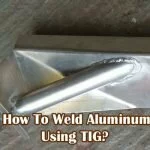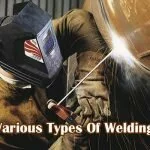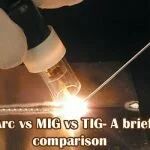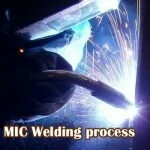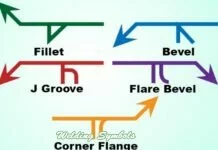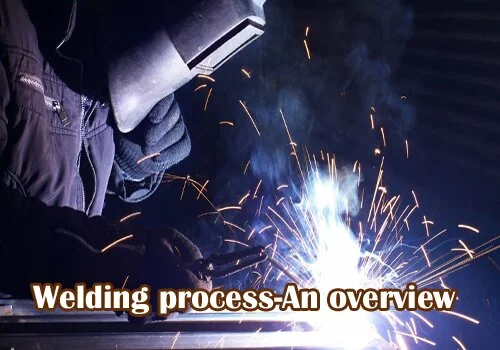The gas tungsten arc welding is also known as Heliarc welding or Tungsten inert gas (TIG) welding. This welding method came into use from 1940 and uses a non-consumable tungsten electrode to produce the weld. This welding uses an inter gas atmosphere for welding. This atmosphere will keep the weld safe from various oxides and nitrides. The equipment, operation and various uses of Heliarc welding are as follows.
What are the types of equipment used?
An equipment is a key requirement for performing a good and complete welding process. This includes a welding torch, power supply, gas shielding and the electrode.
Welding torch
A welding torch is an equipment that transfers electric current to the metal electrode. The welding torch is designed in two variants: automatic and manual. The automatic welding torch produces electric arc when the electrode is in contact with the base metal. The manual welding torch has a handle that initiates an electric arc in the electrode. The other important factor of the welding torch is the cooling system. The welding torches are equipped with the cooling system that allows the electrode to cool down after welding. There are two types of cooling system in the welding torch, water cooling system, and the air cooling system. The water cooling system is used for high current operation and the air cooling system is used for the low current operation.
Power supply
The power supply used in the Heliarc welding is the constant power supply. Using a variable power supply will damage the weld. The power supply may vary based on the contact of the electrode with the weld. So by using a constant power supply efficient welding will occur. The power supply preferred is a direct current power supply with negative polarity.
Electrode
As mentioned above the tungsten electrode is the commonly used electrode in this welding. In some cases, the tungsten alloy electrode can also be used. The main reason for choosing tungsten is that the melting point of tungsten is very high compared to the other electrodes. This makes the electrode withstand high heat and avoids the metal from erosion and enables a steady use of metal.
Shielding gases
The shielding gas is used in the welding process to keep the material safe from atmospheric oxygen and nitrogen because they may cause fusion defects in the metal. The shielding gasses are selected based on the properties of the metal. Commonly chosen shielding gasses are argon and argon-helium mixture.
Operation
Gas tungsten metal arc welding is a difficult welding compared to the other welding because in this welding the co-ordination of the user is required. The two hands of the welder are used in this welding process. The welder should insert the filler metal with one hand and should place the welding torch in another hand. The high-frequency generator provides the welding spark in the torch and the heat is carried out with the shielding gas. This heat will make the base metals to melt. The filler metal is added by using the welding torch. This is done by moving the welding torch alternatively such that the filler metal combines with the base metal efficiently.
Applications
- Aerospace industry
- Non-ferric metals
- Bicycle industry etc.
Have we missed anything? Write to us as a feedback and we will include them.
